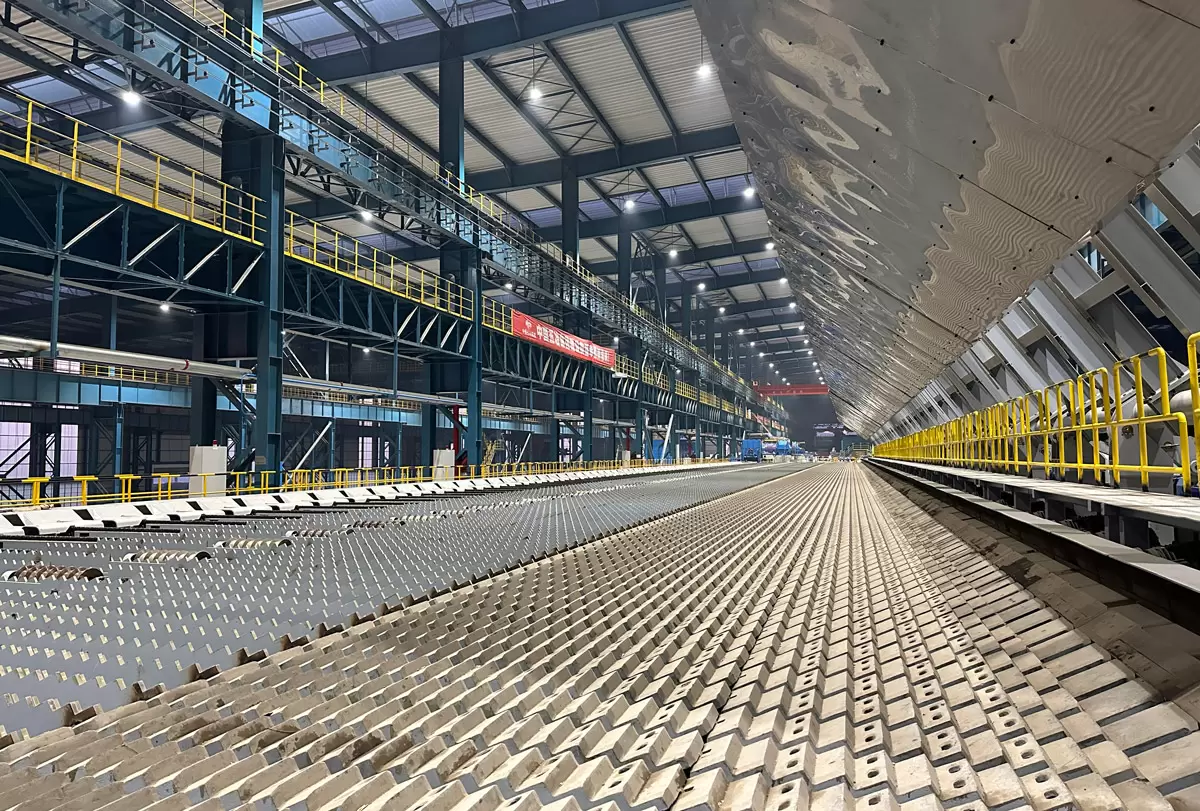
In today's rapidly urbanizing world, the need for sustainable transport systems has become paramount. As cities strive to reduce congestion, minimize carbon emissions, and enhance the quality of life for their residents, the question arises: Which city has the most sustainable transport system? In this blog post, we will delve into the intricacies of urban mobility and explore the city that stands out as a shining example of sustainable transportation.
- Comprehensive Public Transportation Network:
A sustainable transport system begins with a well-developed and integrated public transportation network. The city we are about to uncover boasts an extensive network of buses, trams, trains, and subways, providing convenient and affordable options for commuters. The integration of various modes of transport ensures seamless connectivity and reduces reliance on private vehicles. - Embracing Alternative Modes of Transport:
Beyond traditional public transportation, the city in question has successfully embraced alternative modes of transport. Cycling infrastructure, including dedicated lanes and bike-sharing programs, encourages residents to choose bicycles as a viable means of commuting. Additionally, pedestrian-friendly streets and walkways promote active transportation, reducing the reliance on motorized vehicles for short-distance travel. - Innovative Technological Solutions:
The city's sustainable transport system is not limited to physical infrastructure but also incorporates cutting-edge technological solutions. Intelligent transportation systems, such as real-time traffic monitoring, smart parking management, and integrated ticketing systems, optimize the efficiency of the transport network. This integration of technology enhances the overall user experience and reduces congestion and travel times. - Prioritizing Green Initiatives:
To achieve true sustainability, the city prioritizes green initiatives within its transport system. Electric buses and trains, powered by renewable energy sources, replace conventional fossil fuel-powered vehicles, significantly reducing carbon emissions. Furthermore, the city promotes the use of electric and hybrid vehicles through incentives and charging infrastructure, encouraging residents to adopt cleaner modes of transport. - Community Engagement and Education:
A sustainable transport system requires active community engagement and education. The city we are exploring excels in promoting awareness campaigns, educational programs, and initiatives that encourage behavioral changes. By fostering a culture of sustainable transportation, the city empowers its residents to make informed choices and actively contribute to reducing the environmental impact of their daily commutes.
Conclusion:
After a thorough exploration, it becomes evident that the city with the most sustainable transport system is a true pioneer in urban mobility. Its comprehensive public transportation network, integration of alternative modes of transport, innovative technological solutions, prioritization of green initiatives, and community engagement efforts have set a benchmark for other cities to follow. By prioritizing sustainability, this city has not only improved the quality of life for its residents but has also become a global model for sustainable urban transportation.




